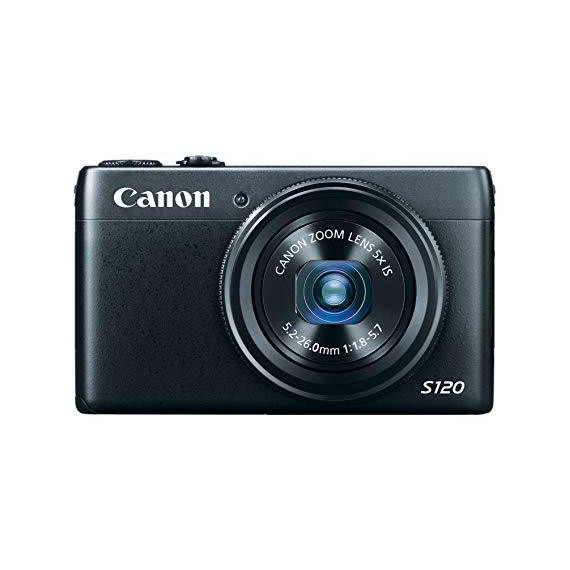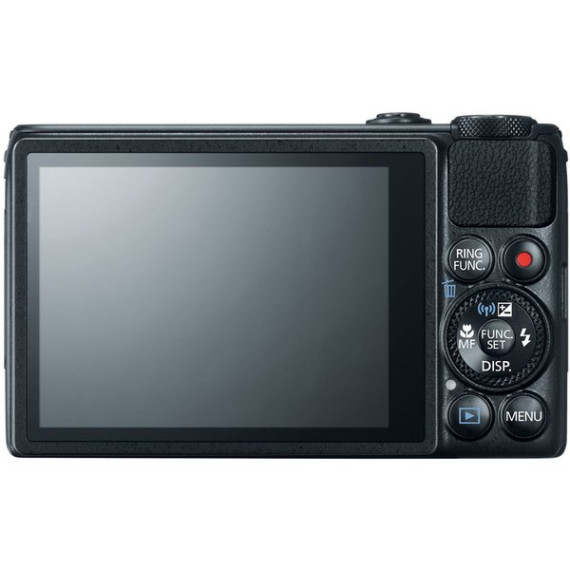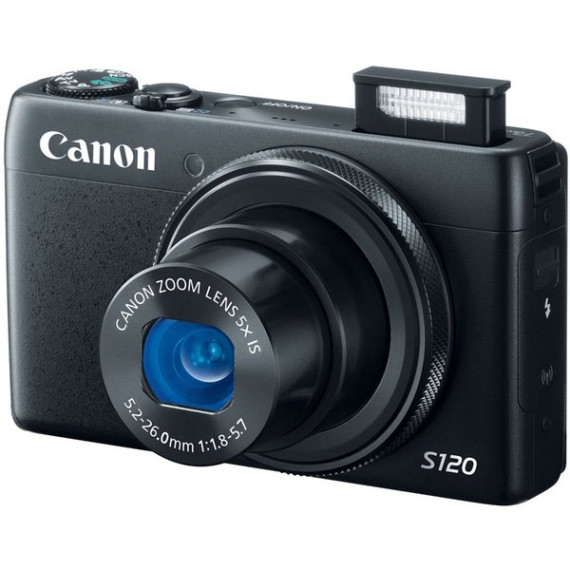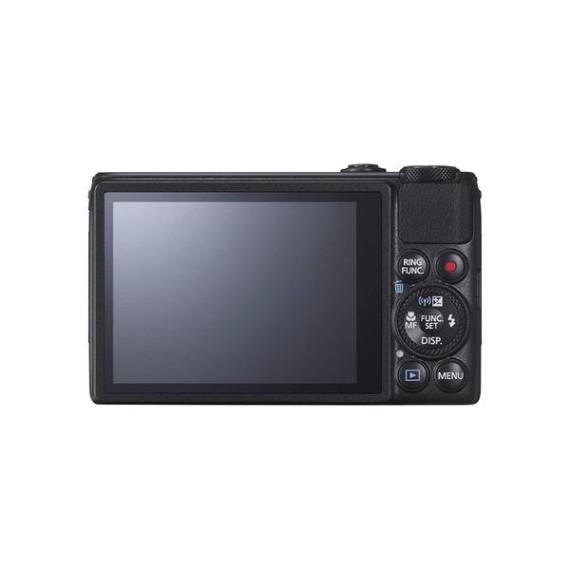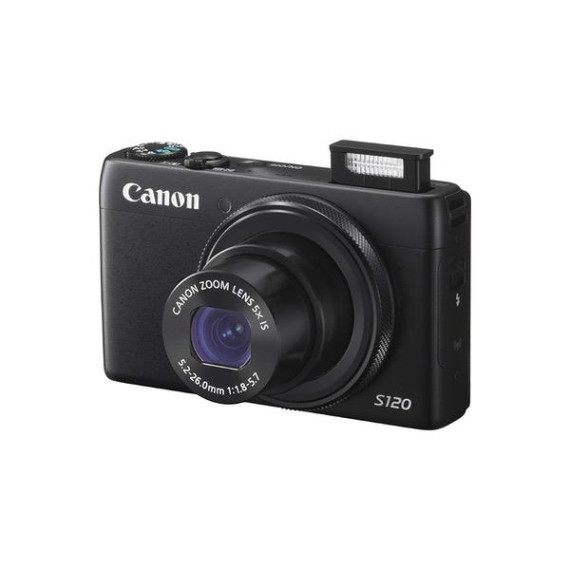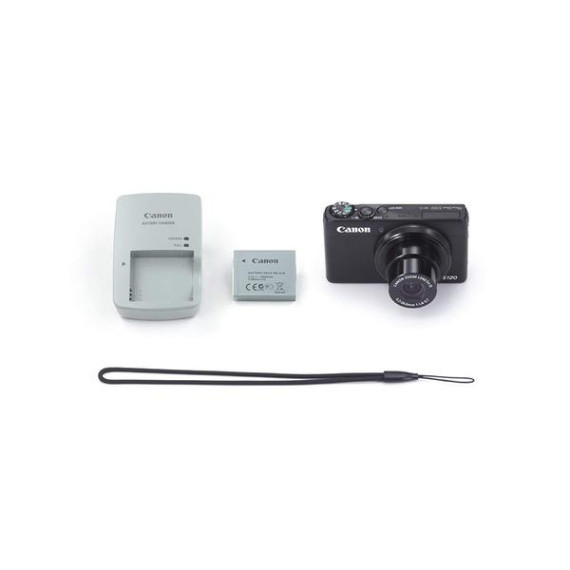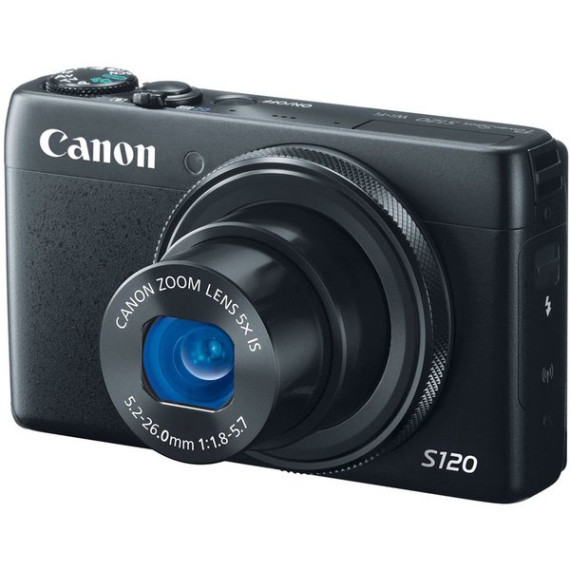Just Chris
Just got this camera and have less than 100 pictures through it and although every year I buy one of these and end up returning it, it looks like this "S" might be a keeper finally. Like most of its predecessors its built very well, feels good in the hand, and most of the buttons have good feedback. It has gotten a little more rounded over the years but I like it, square camera with smooth edges that dont annoy me in the pocket. Out of the pocket this camera is probably adjustability-overkill for most people that havent dared of taking their camera out of AUTO mode. Whether you like shooting in AUTO or you do choose to leave AUTO behind, the S120 rewards you with a very fast interface, fast response (focus/shutter), and the ability to view and share your images across other devices quickly. I am a Canon guy. That should not be missed here because I am a little biased, but I have an iphone(5) for my day to day camera. My weekend camera is a Canon 6D and a bag of L lenses. I bought the S120 to bridge the gap between the two. I am not a professional, but sometimes I want professional pics without using my phone or lugging a big DSLR kit around with me - enter the S120. With the S120 Canon FINALLY offers a simple camera that seems to do everything I want well. What do I want? - Ability to capture amazing pictures without carrying 20# of lenses with me. - Ability to hand my wife/kids a camera that they can use too. - Fast power up, fast focus, fast capture. - Great video if the situation calls for it, on the fly, no delay. - EASY way to transfer pictures to my phone (for when I do want to send them elsewhere). - Canon menus, because they make sense to me. It does all of these in my opinion, quite well. If you are looking for a camera that outshines just about anything else on the shelf under 700$ and can avoid bulking your pants pocket - this is the one. Whats in the box: - Canon S120 camera. - Canon (NB6-LH) battery. - Canon wall charger (CB-2LY). - Canon wrist cord. - Registration documents. - Warranty info. A couple other things I wanted to mention... WiFi -- Its actually useful now! This model features a new wifi setup for transferring pictures to your smartphone. I have had this on (2) other units (S110 and EOS 6D) and never use it because its a pain. With this model I just go into "play" mode on the camera, press the wifi button (up on the D pad) , it immediately asks what I want to connect to, I select "smartphone" and it says start the phone application and point it to this hotspot. Once I do that, I am on the phone browsing pictures. Scrolling through images (large JPEG) on the camera is pretty quick, downloading is pretty quick, disconnecting and getting back to shooting is just as quick. Now you can literally turn wifi on, send a specific image over to your phone, turn wifi off, in the matter of a couple seconds and a few button clicks. I wont go into what the old way was, because if I could remember it I would actually use it! RX100 vs S120 -- Just before the S120 was announced I finally broke down and bought an RX100 (new). Not the M2 model but the original, for 600$. I loved the pictures it took, they were amazing amazing images. Compared to the S120 (in circumstances so far) they are possibly a little better comparing auto mode to auto mode. What I like about the Canon vs the Sony is the Canon seems to capture more how I see things as opposed to the Sony which wanted to make everything look like a carnival if left untouched (it liked to make all the colors exotically vibrant from my perspective). If this were just about images there would have been some tough decisions to make and hairs to split over this. The size and weight of RX100 to S120 its no contest:S120. I can put the S120 in a pair of khakis and go sit in meetings or walk around all day with no worries. The RX100 just felt too darn heavy, and its larger lens tube sticking out from the front was annoying getting in and out of pockets. The S120 is still a true pocket-friendly camera is what I am getting at. Build quality-wise both feel like finely crafted machines. The S120 will remind you of other point and shoot cameras and its finish is something I would feel ok with putting in a bag with no case. The RX100 felt like some sort of surgical tool, I mean in a good way - but I felt like putting down on a desk would damage the desk or possibly the finish on the camera. Another strange thing is the S120 feels good in the hand and has some heft but nothing bad. The RX100 felt a little heftier but in a way that I felt if I dropped it, its life was over - it was just waiting for an opportunity to spill its guts. I would expect the S120 to take a small hit or some tumbling without ending it. Cost - Although money can be irrelevant to most photographic geeks when it comes to "getting the shot" , I didnt understand why the Sony was hundreds more. The "why" of this is in other parts of the review here so I wont get into it more. I will just say I had a $1,000 budget for my perfect point and shoot, and now I have 550$ to go spend on something else. Software - I left this for last because I suspect this is where Canon bias comes in. It is also something I suspect is different in the newer model Rx-100(M2) so may not be as relevant. The S120 UI is quick and also very efficient. The RX-100 by comparison was a little slow, and (at least for me) I never felt like I could quickly get to the settings I wanted to without forcing some customization. Neither is over-glitzy or annoying to use, but the Sony one just felt like it was fighting me sometimes when I would change something and then have to re-find it. I hope you enjoyed this review and I will update it as relevantly as is feasible. If there is more youd like to see added or something I missed please comment and let me know, and thanks for reading this! -Chris



